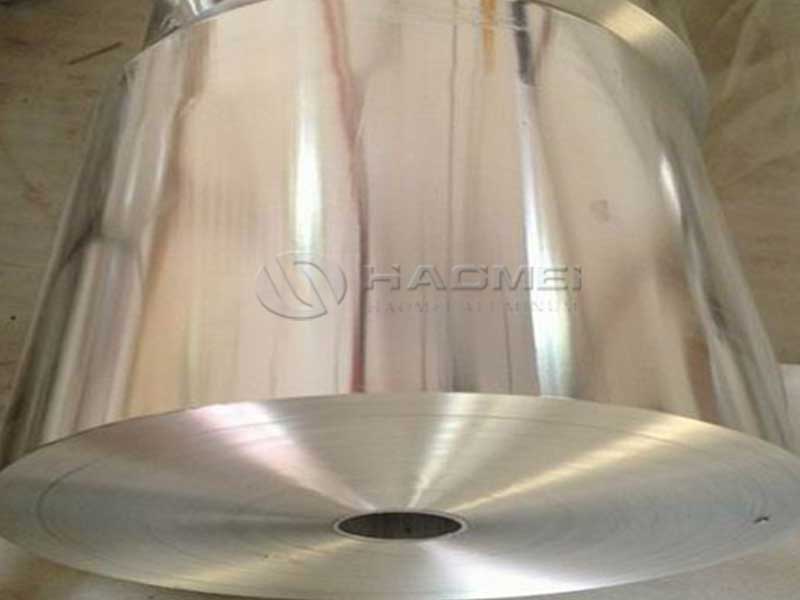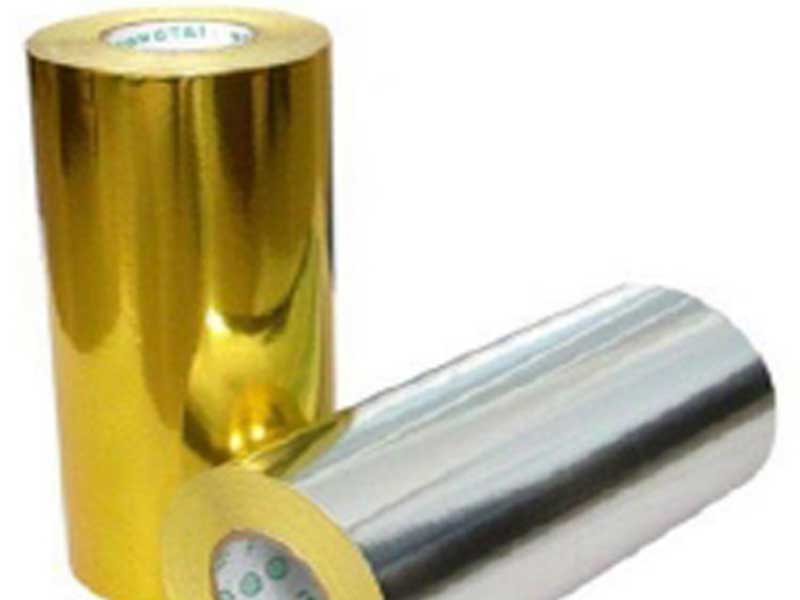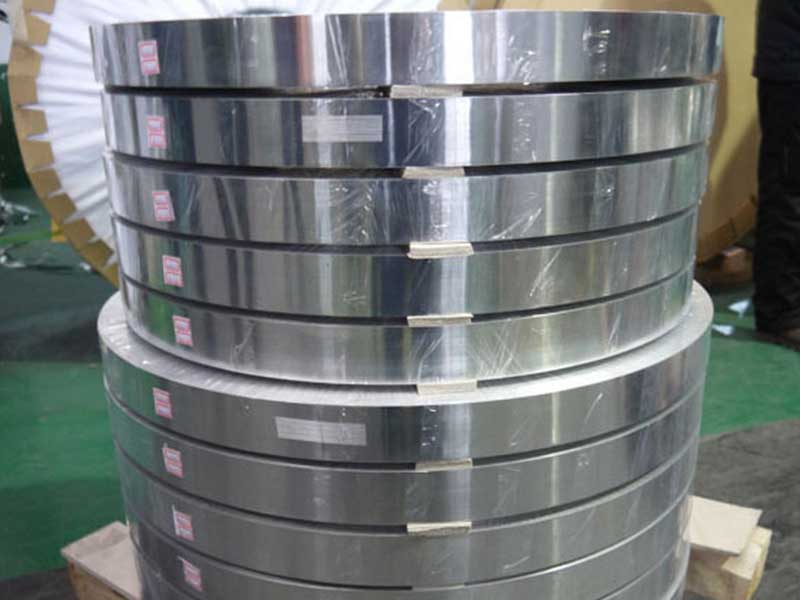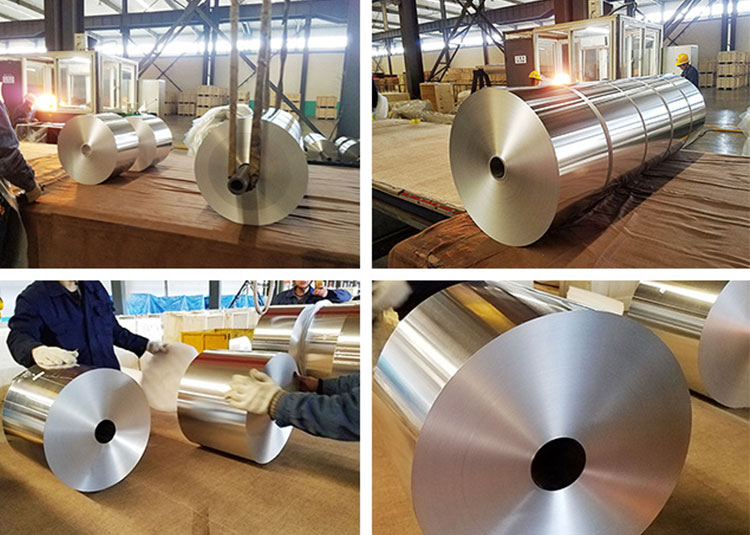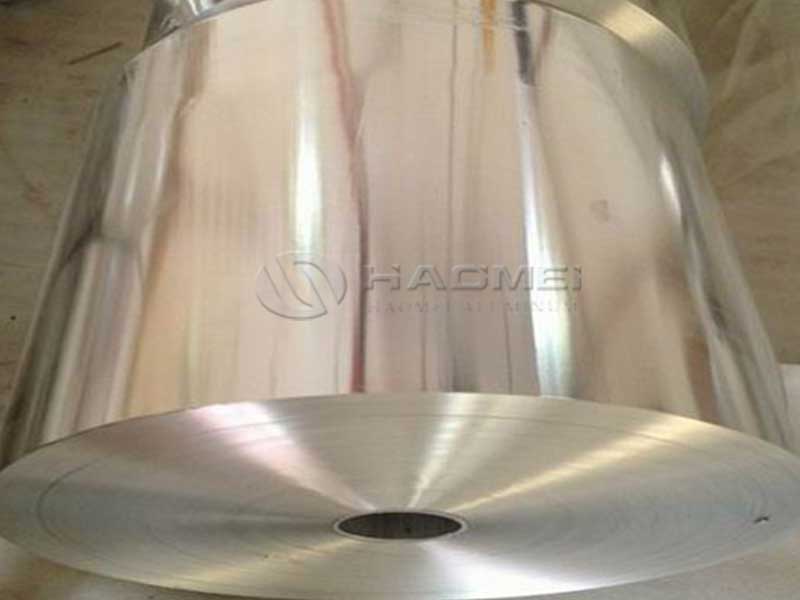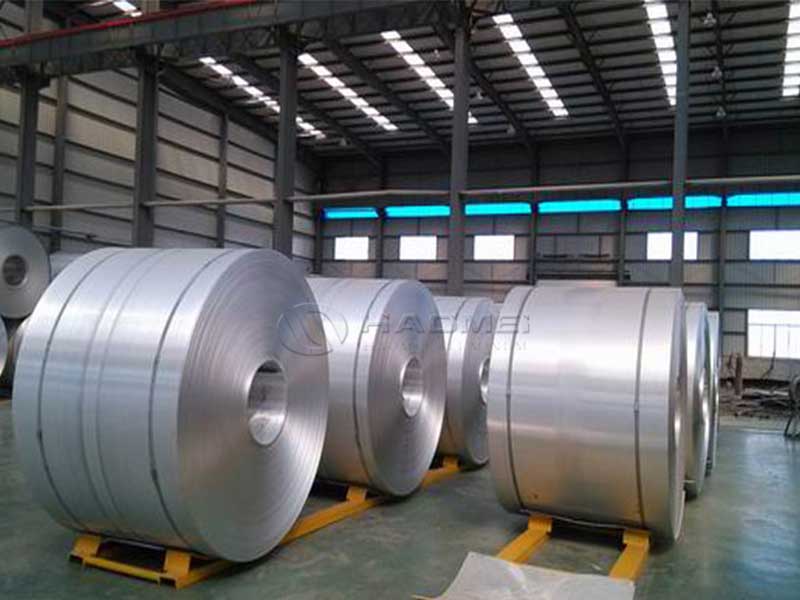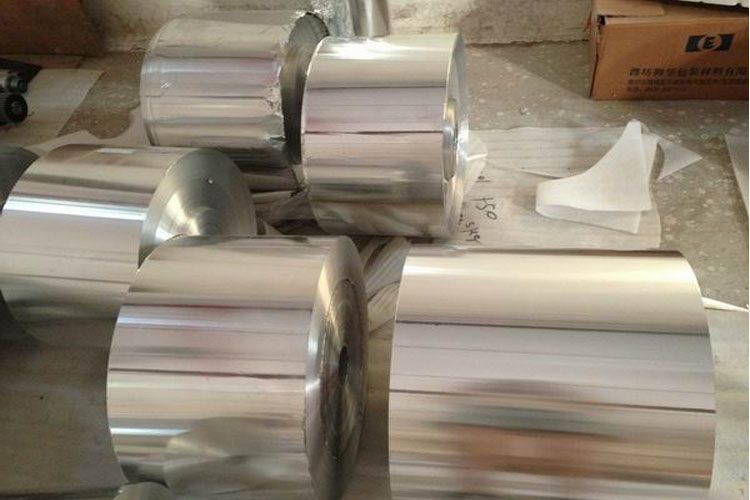In today’s world, energy efficiency and effective cooling solutions are paramount, especially in residential and commercial buildings. A critical component that plays a pivotal role in enhancing the efficiency of air conditioners is the heat exchanger, and that’s where durable aluminum foil jumbo rolls come into play.
Heat Exchangers
Air conditioner units use heat exchangers to regulate temperature effectively. Inside, refrigerants transit through a dynamic cycle that involves absorbing and dissipating heat. Here, aluminum foil serves as the primary conducting element due to its excellent thermal conductivity.
Functions of Aluminum Foil in Heat Exchangers
Durable aluminum foil developed for air conditioner heat exchanger applications boasts several essential functions:
Heat Transfer Efficiency: Aluminum foil provides exceptional thermal conductivity, allowing the seamless and effective transfer of heat. Efficient heat exchange minimizes energy loss, thus enhancing system efficiency.
Weight and Space Efficiency: With its lightweight properties, aluminum foil facilitates the design of compact heat exchangers, minimizing the bulkiness that manufacturers divulge in windy sacrificed profits.
Corrosion Resistance: Aluminium's natural oxide layer protects against corrosion, enhancing longevity, which translates to lesser costs in repairs and replacements.
Formability and Customization: The flexibility of aluminum foil enables its adaptation to various designs, aspects of different cooling applications, ensuring compatibility with innovative HVAC designs.
Technical Specifications
To optimize the usage of aluminum foil in heat exchangers, certain technical specifications are essential:
Parameters and Properties Table
| Property | Specification |
|---|---|
| Material | Aluminum Alloy 3003 or 1100 |
| Temper | H14 (half-hard) or H24 (soft) |
| Thickness | 0.05 mm to 0.2 mm |
| Width for Jumbo Roll | 30 cm to 150 cm |
| Tensile Strength | Minimum 90 MPa |
| Thermal Conductivity | 7.2 - 8 W/(m·K) |
| Melting Point | 660.3°C |
| Minimum Yield Strength | 35 MPa |
| Corrosion Resistance | Excellent; significant EC <0.7 |
Implementation Standards
Utilizing aluminum foil in heat exchanger manufacturing is governed by particular implementation standards to guarantee performance and safety:
ASTM B209: This standard specifically addresses the structural attributes of aluminum foil and consistency in top-quality.
ASTM D1000: Focused on adhesive applications, this ensures the bonding quality meets the requirements for environmental durability.
AHRI Standards: The Air-Conditioning, Heating, and Refrigeration Institute insists on industry-standard efficacies related to the applications of heat exchangers.
Alloy Tempering and Conditions
Aluminum foil used for these applications is comprised typically of aluminum alloy 3003 or 1100, notable for their high corrosion resistance while providing superior formability. The temper designation - either H14 or H24 - options signify the desired strength. 'H14' is partially annealed for intermediate strength while 'H24’ is soft, supporting better favorable belt winding during processing.
Chemical Properties
the inherent chemical properties of the materials used in these applications is crucial to ensure optimal performance. Here's a simplified view of the aluminum alloy formalizing common criteria:
Chemical Composition Table
| Component | Weight Percentage (%) |
|---|---|
| Aluminum (Al) | 99.0+ |
| Copper (Cu) | 0. Mould-0.10 |
| Silicon (Si) | 0. Mould, Used nonogenic |
| Iron (Fe) | < 0.70 |
| Manganese (Mn) | 0.40 to 1.20 |
| Others | Trace Elements |
System functionality cannot be ensured if these hold steady during the heat treatment phase of manufacturing operations: Bad composition leads to jeopardizing HVAC System performances.


